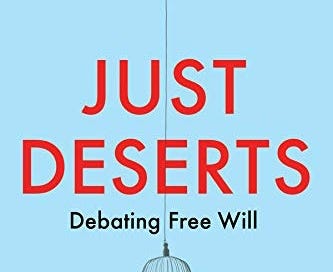Valentine’s Day represents a time full of warm and fuzzy feelings for a lot people—even during this nationwide polar vortex. To celebrate, I thought I would pass along an interesting article published earlier this month in Popneuro.
The Psychology of Attraction and Its Influence on Branding and Advertising
Earlier this month, Popneuro published an article outlining an interesting psychological phenomenon: misattribution of arousal. Arousal, in the psychological sense, refers to anything that stimulates our awareness, raises our heart rate, makes our hands sweaty, etc. “Arousal” in this sense could be anger, fear, excitement, etc…
However, our brains have been proven to be poor at figuring out what exactly is arousing us which has interesting implications. For example, the author outlines a famous experiment that found that male participants that crossed a fear-inducing suspension bridge found a female experimenter more attractive than ones who crossed a sturdy bridge:
In this classic bridge study, researchers had male participants cross either a fear-inducing, suspension bridge or a sturdy bridge. At the end of crossing either bridge, they were stopped by a female experimenter who asked the men to compose a short story based on an image. She gave all of them her phone number in case they had any more questions about the experiment—unaware of the true nature of the study.
Turns out, the same woman is perceived more attractive when meeting on the fear-inducing, suspension bridge. This was interpreted by the result of the study: more males from the suspension bridge called the female experimenter back, believing feelings of sexual arousal at the sight of the female rather than the physiological arousal (anxiety) from walking across the suspension bridge
Another implication of misattribution of arousal is on our opinions and consumer behavior. For example, studies have found that more attractive political candidates do better in polls and companies with newly appointed attractive CEOs do better in the stock market. Brands often use attractive models in marketing materials hoping that we’d equate a particular product with being attractive (see: Calvin Klein vs Hanes commercials).
I do wonder whether these results are confounded by the fact that it might just be more pleasing to look at attractive people than not—but I’m nonetheless fascinated by the implications of our not understanding the inner workings of our brain’s arousal system.
Synapse Book Discussion: Debating Free Will
In case you missed it, I outlined last week that we will be having an open dialogue about an upcoming book on Free Will:
Once the book comes out and I’ve had a chance to read it, I’ll be outlining the main points here at Synapse and opening up the conversation to you readers! I’m exciting about where this conversation could go.
Have a great week and stay warm!
⚡️P.S. If you're new here and want to read more of the Synapse Newsletter each Sunday, subscribe below!⚡️




